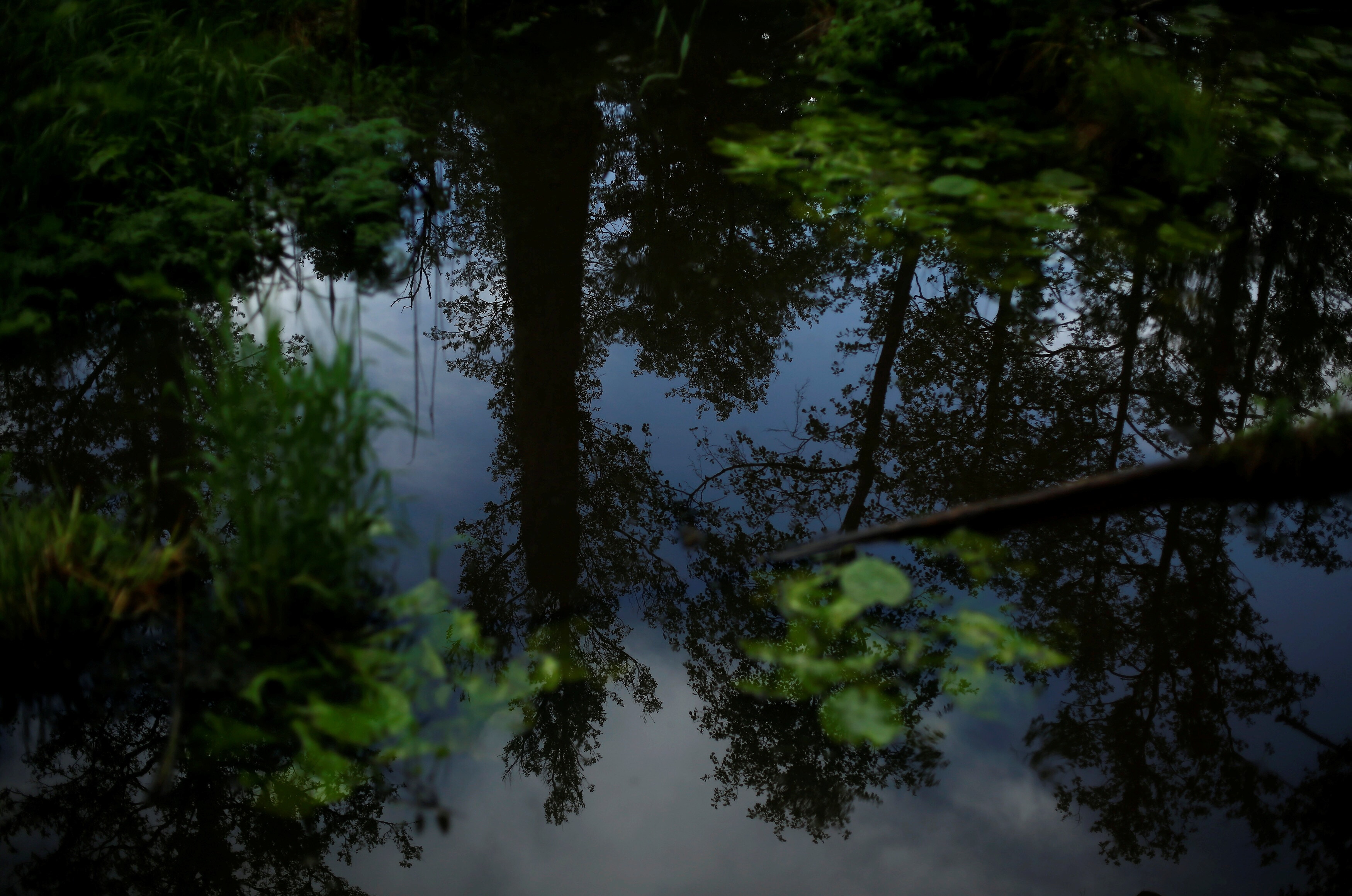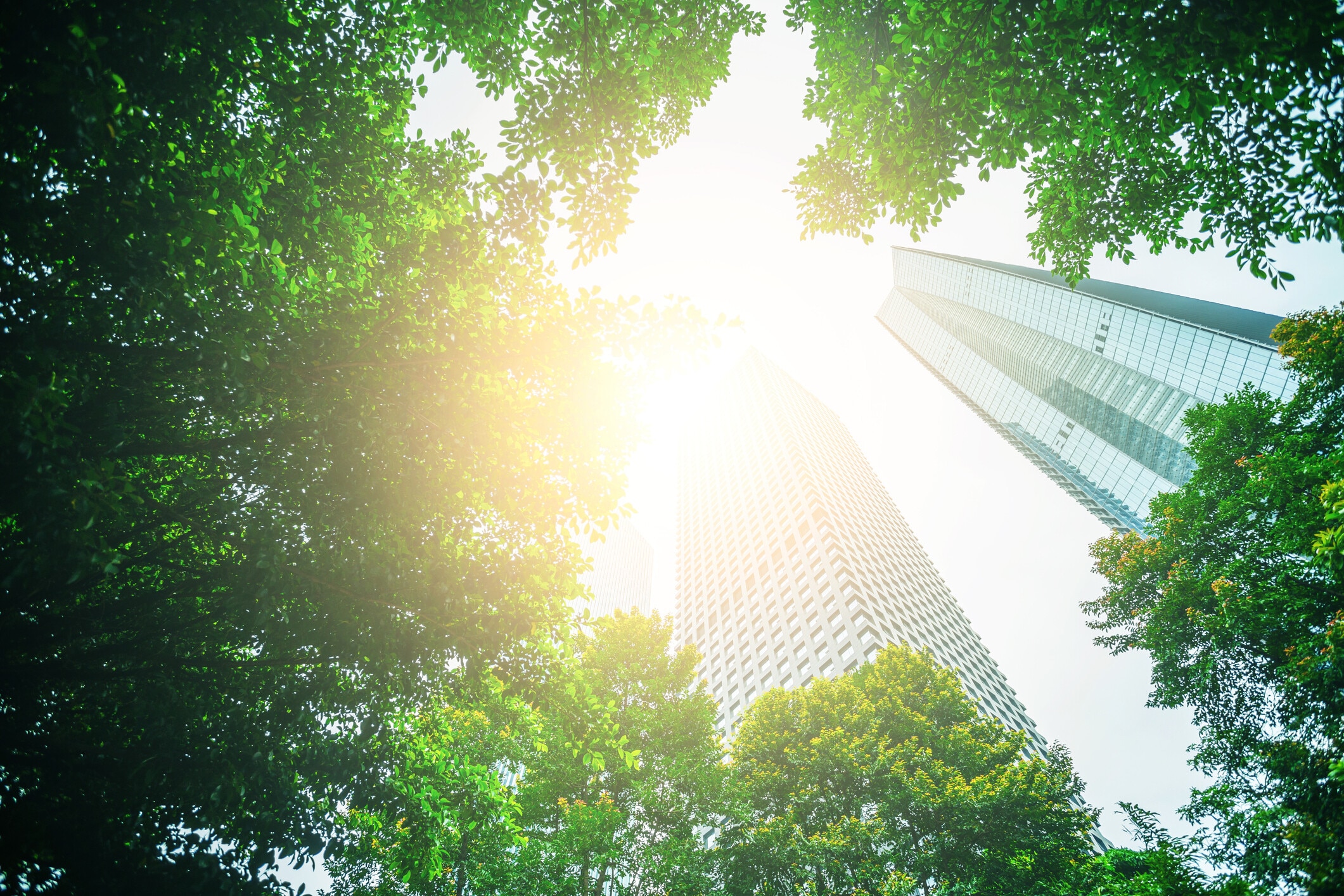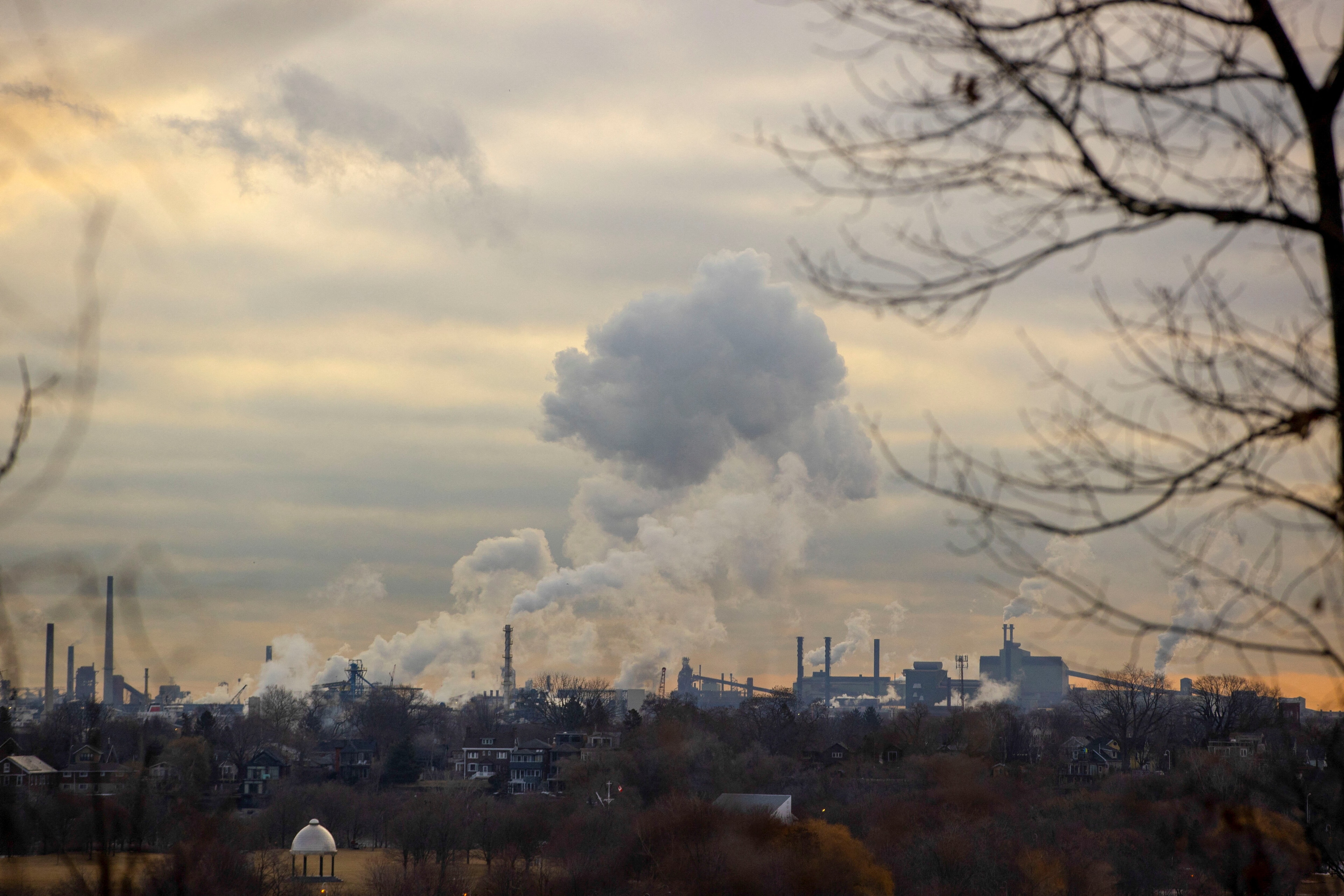Climate change is threatening Switzerland's stunning scenery
White canvas was being used to protect the Rhone glacier against melting as long ago as 2015.
Image: REUTERS/Arnd Wiegmann
Stay up to date:
Switzerland
A massive glacier near Mont Blanc is on the verge of collapse, leaving local people in danger from vast chunks of falling ice.
The Planpincieux glacier sits in Europe’s western Alps, straddling the borders of Italy, France and Switzerland. In recent years, warming temperatures have melted the vast icy structure, increasing its sliding speed, which now covers more than 50 cm each day.
While this might not seem much, in glacial terms it is extreme.
Planpincieux is a hanging glacier, perched on a steep slope, which is sliding towards the edge of a ravine. NASA’s Earth Observatory reports that a 250,000 cubic metre chunk of ice is poised to break away, without warning, and fall into the valley below.
Climate change is impacting other Alpine glaciers, big and small, and depleting snowfall which the economies of many local communities rely on.
Unseasonably hot
Large temperature fluctuations occur naturally in the region, but in places like Switzerland the seasons are getting hotter.
Switzerland’s climate has long been prone to fluctuations, which were mainly due to natural causes. But greenhouse gas emissions have dramatically increased average temperatures, particularly over the past few decades.
This has caused the loss of many of ice masses, including the Pizol glacier in the north-east of the country, for which protesters recently held a funeral. Dressed in black, a solemn parade made its way up the 2,700 metre mountain to bid farewell to the glacier – one of the most studied in the Alps.
Up to 90% of Pizol’s glacial mass has disappeared since 2006, leaving an area equivalent to less than four soccer pitches.
"Since 1850, we estimate that more than 500 Swiss glaciers have completely disappeared, including 50 that were named," Matthias Huss, a glaciologist at the university ETH Zurich, told AFP.
Accept our marketing cookies to access this content.
These cookies are currently disabled in your browser.
On thin ice
Melting glaciers increase the risk of avalanches, landslides, rockfalls and floods, adding to the dangers facing local people.
As well as physical hazards, there are also economic threats associated with warming temperatures, which in Alpine regions can impact tourism, agriculture, forestry and water management.
Glaciers often provide much-needed water for hydroelectric plants. And the beauty of these icy masses attracts the tourists which many local communities rely on, while reduced snowfall could shorten Alpine ski seasons, hurting local economies.
What’s the World Economic Forum doing about climate change?
NASA statistics show the past four years are among the warmest ever recorded. As glacial ice melts it contributes to sea-level rises. During the 20th century, global sea levels rose by around 15 cm, but they are now rising at twice that rate, an IPCC (Intergovernmental Panel on Climate Change) report shows.
And this trend looks set to accelerate. The IPCC predicts smaller glaciers in Europe, Africa and Asia are set to lose around four-fifths of their ice mass by 2100.
More than a third of all remaining glaciers, many of which have been around for several thousand years, could disappear by the end of the century, according to the WWF.
Don't miss any update on this topic
Create a free account and access your personalized content collection with our latest publications and analyses.
License and Republishing
World Economic Forum articles may be republished in accordance with the Creative Commons Attribution-NonCommercial-NoDerivatives 4.0 International Public License, and in accordance with our Terms of Use.
The views expressed in this article are those of the author alone and not the World Economic Forum.
Related topics:
Forum Stories newsletter
Bringing you weekly curated insights and analysis on the global issues that matter.
More on Nature and BiodiversitySee all
Tom Crowfoot
October 8, 2025
Constanza Gomez-Mont
October 7, 2025
Dorothy Abade-Maseke and Akim Daouda
October 6, 2025
Marco Lambertini
October 2, 2025
Tom Crowfoot
October 2, 2025
Gareth Francis
October 2, 2025





